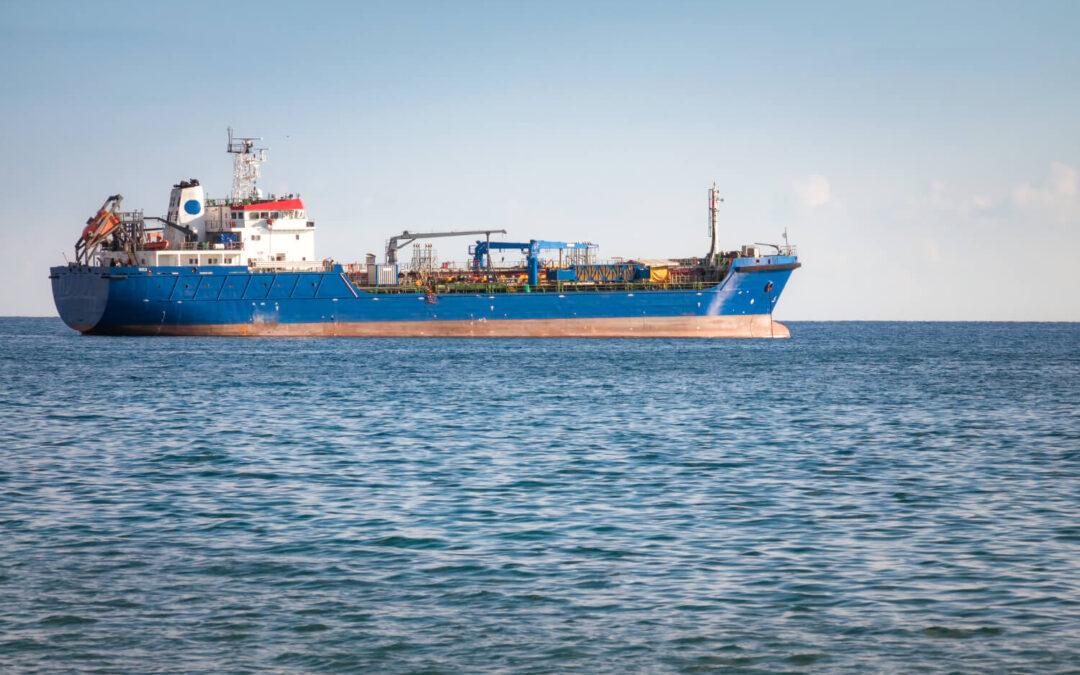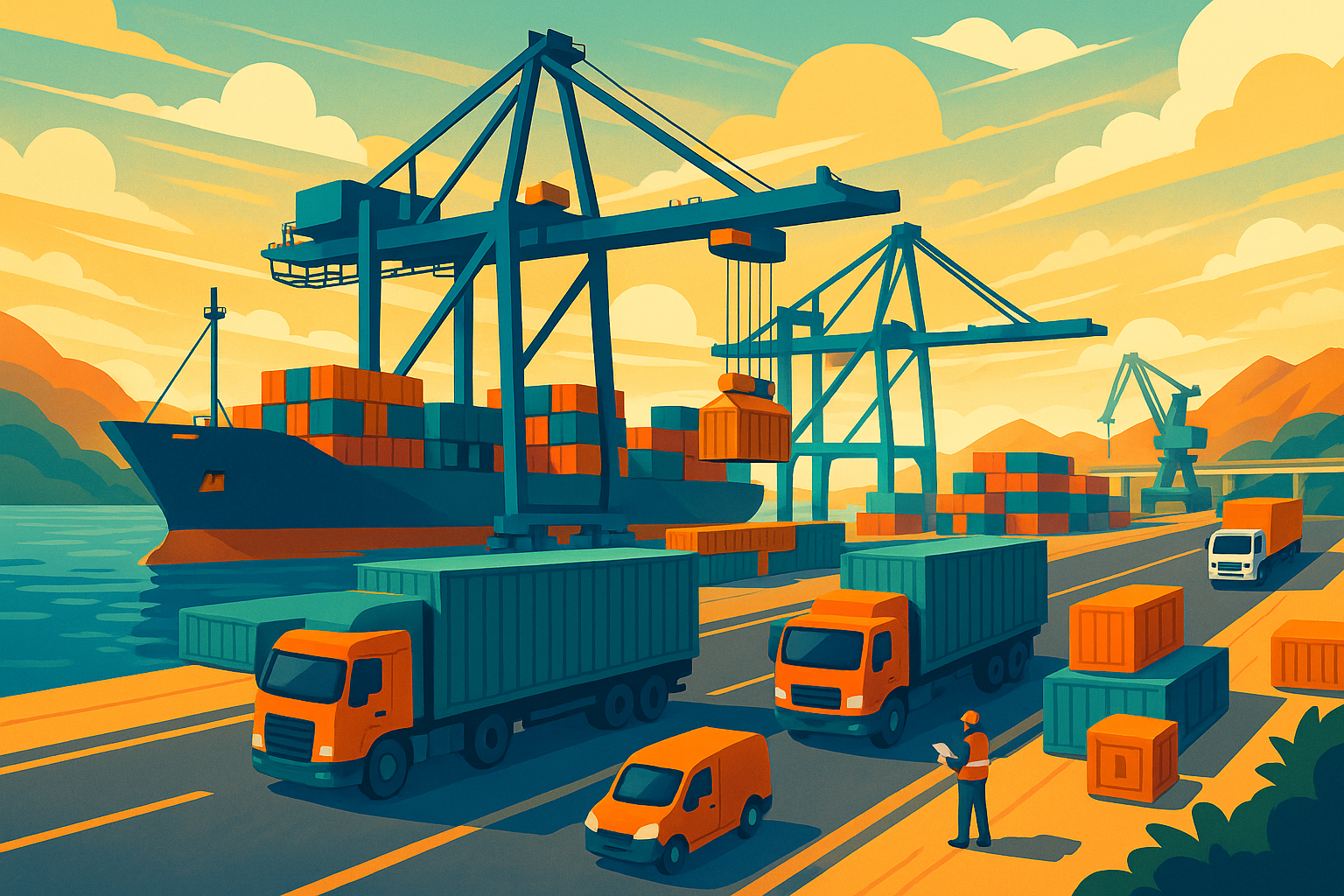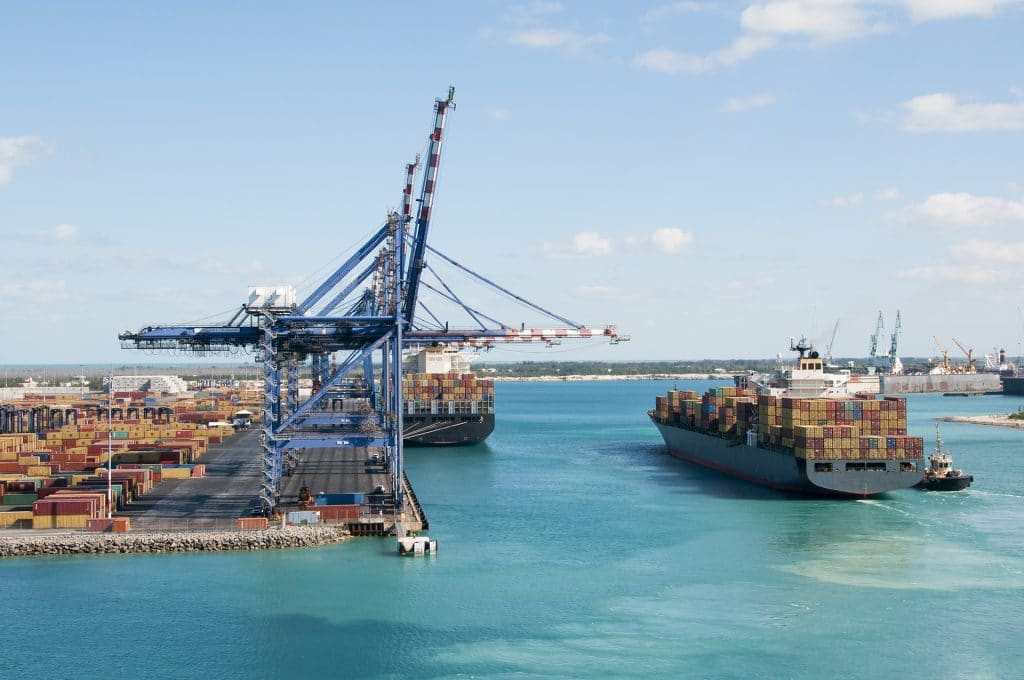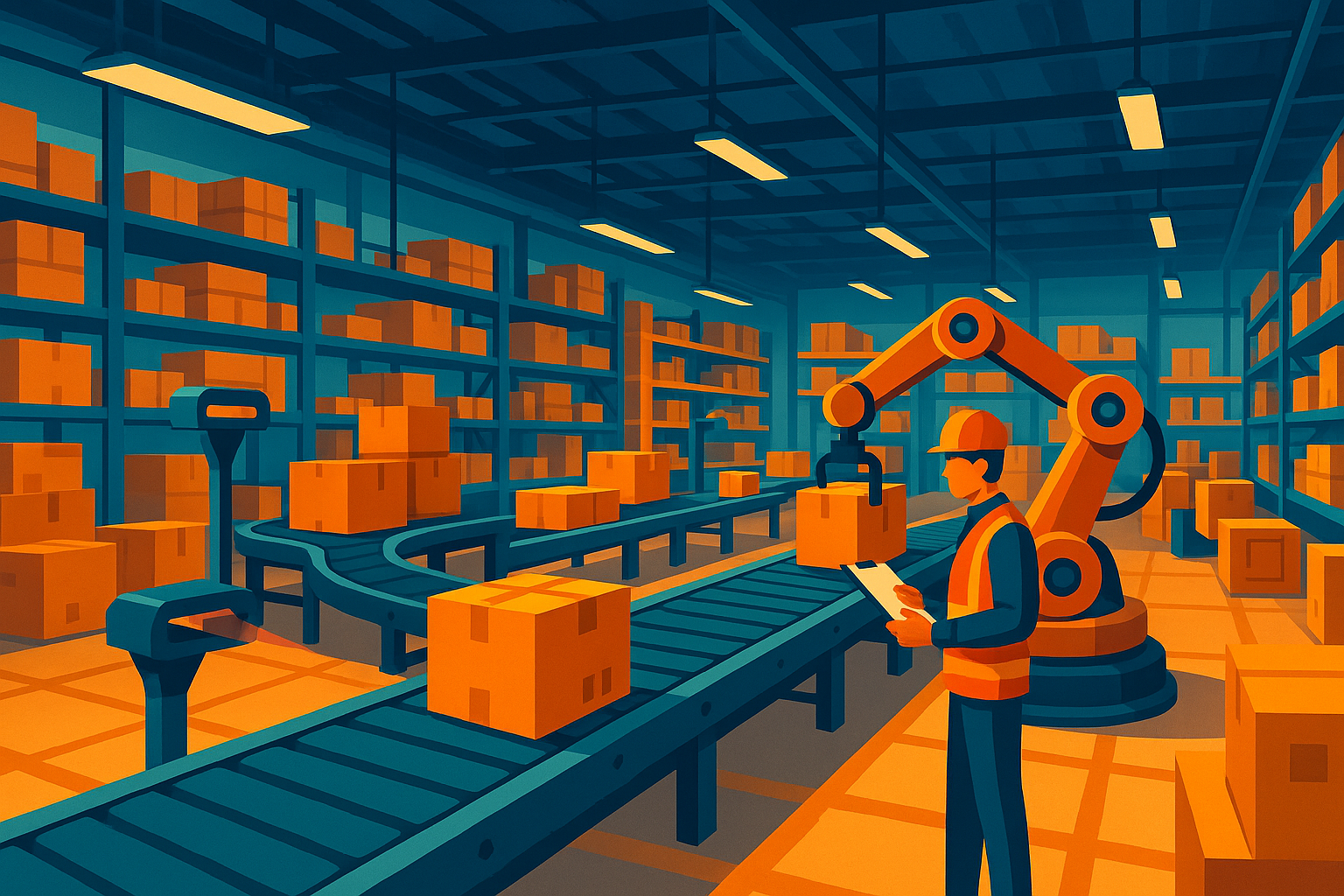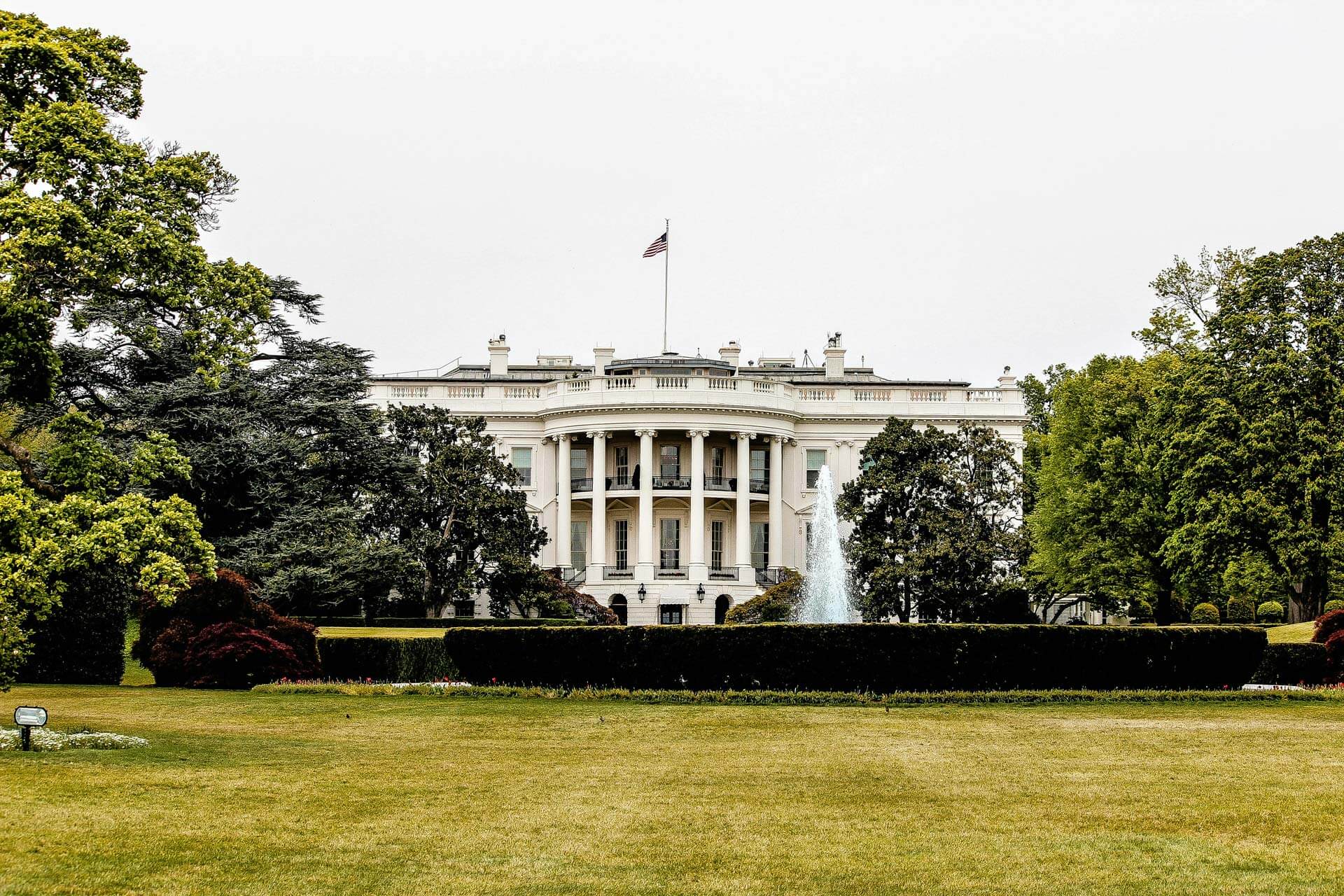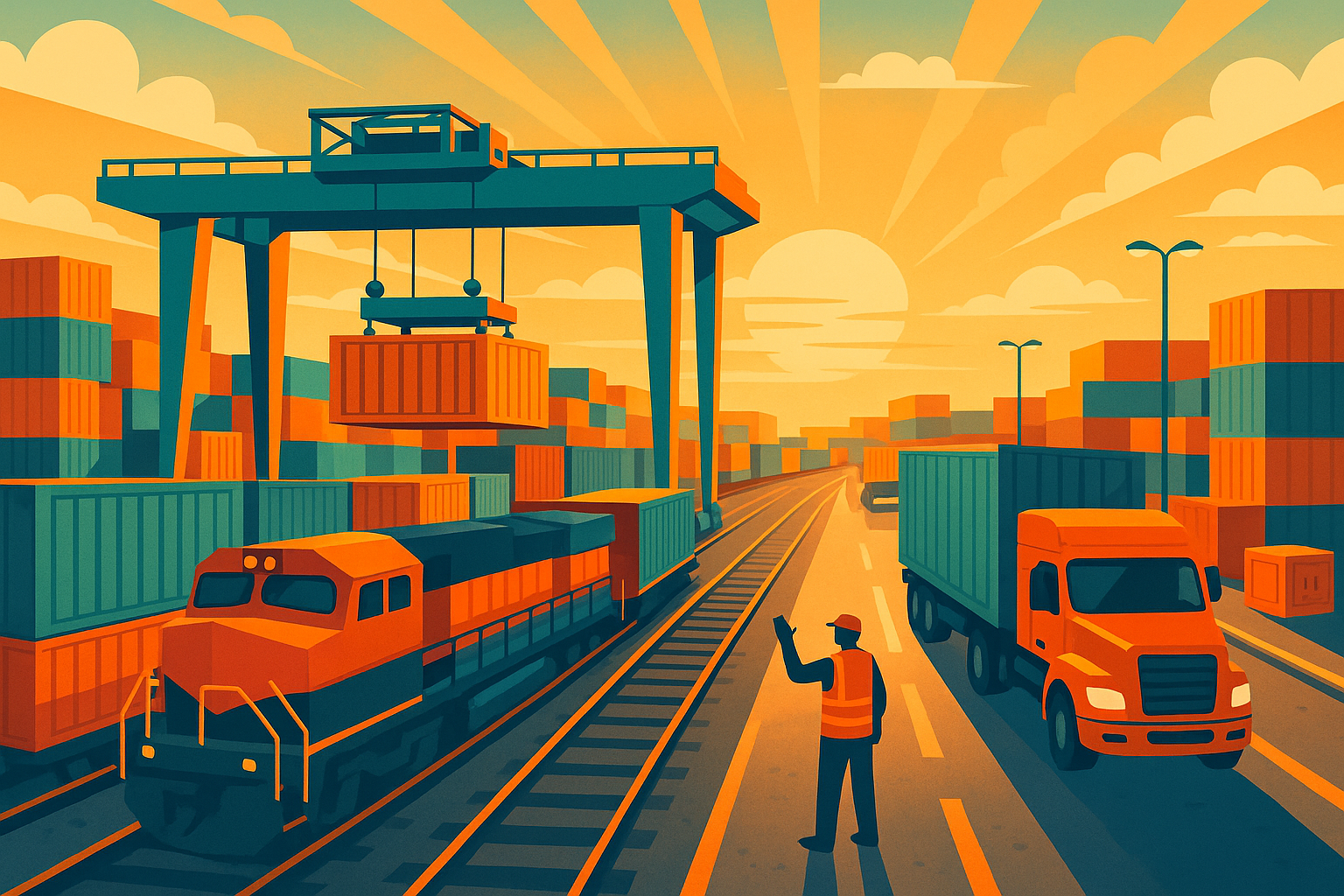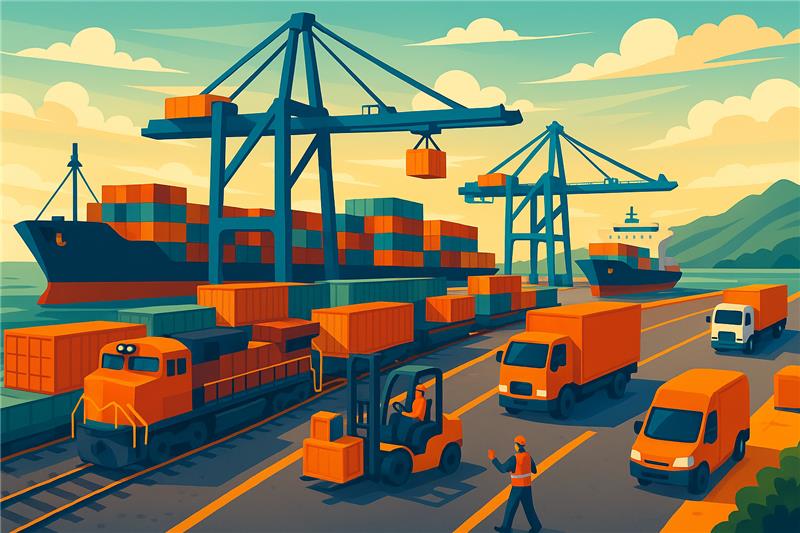This week:
- President-elect Donald Trump says he will impose 25% tariffs on Canadian and Mexican imports
- Ocean carriers brace for hikes of 75% to 100% in the EU’s ETS surcharges starting in 2025
- Employers at the Port of Montreal and Local 375 agree to mediation amid ongoing labor dispute
- Alliance of hardware and software vendors forms to fight containerized drug smuggling
- Coast Guard warns of remote access security risks from Chinese-made container cranes
Trump Announces Plans for 25% Tariffs on Imports From Canada, Mexico
US President-elect Donald Trump has announced plans to levy a 25% tariff on imports from Canada and Mexico after he assumes office next month. In a post on Truth Social, Trump also said he plans to implement an additional 10% tariff on goods imported from China.
In September, President Joe Biden’s administration finalized its own tariff hikes on some Chinese imports, including electric vehicles and batteries. During his first term, Trump imposed broad tariffs on multiple countries, including Canada and Mexico, leading to a 2018 trade deal known as the United States-Mexico-Canada Agreement. That pact will be up for review in 2026.
In his November 25 Truth Social post, Trump said the new tariffs would remain in place until the flow of illegal drugs through American borders, fentanyl in particular, is curbed. In a follow-up post on November 28, Trump said he had a productive phone call with Mexican President Claudia Sheinbaum, declaring it a “win.”
At her daily press briefing the same day, Sheinbaum declined to discuss details about the call but said, “There will be no potential tariff war.”
Subscribe to JMR’s Weekly Supply Chain Roundup!
Stay informed with the latest supply chain news, trends, and insights. Get it delivered directly to your inbox every week.
Carriers: EU’s Carbon Tax Will Dramatically Increase Shipping Costs
Ocean carriers are bracing for substantial increases in Emissions Trading System (ETS) surcharges in 2025 as the European Union expands its carbon tax to cover 70% of all carrier emissions. The rise in costs will coincide with the implementation of FuelEU Maritime, a fuel intensity regulation designed to push carriers toward more expensive but lower-emission fuels.
In a customer call last week, representatives from Hapag-Lloyd said they expect the ETS surcharge to roughly double after the FuelEU implementation. CMA CGM expects a 75% surcharge increase, with the final revised rate expected this week. According to a recently issued advisory, Maersk forecasts a surcharge “nearly double that of 2024.”
To comply with FuelEU Maritime, carriers must adopt biofuels or other lower-emission fuels. While these fuels can exempt shippers from the EU’s ETS surcharges, they come at a premium price. ETS operates on a “cap-and-trade” principle, where carriers must purchase and surrender EU Allowances for each ton of CO2 emitted.
Port of Montreal Employers, Local 375 Agree to Mediation in Ongoing Labor Dispute
In a bid to avoid intervention from the Canadian federal government, maritime employers at the Port of Montreal and the Canadian Union of Public Employees Local 375 have agreed to engage in a 90-day mediation process. This comes amid an ongoing labor dispute that led to dockworker lockouts at the port and an order from the government’s labor minister for Local 375 to return to work.
The mediation process will be led by Gilles Charland, who the Maritime Employers Association (MEA) called “an experienced mediator with a good knowledge of the industry” in a statement released November 26.
The MEA and Local 375 have already engaged in multiple mediation sessions without inking a contract. According to the MEA’s count, the two sides have attended 35 mediation meetings since mid-2023.
Labor Minister Steve MacKinnon’s order also covered ports in British Columbia, where longshore foremen have been in contract negotiations with BC maritime employers. The foremen’s union, Local 514 of the International Longshore and Warehouse Union, said it plans to challenge the constitutionality of MacKinnon’s order. However, Local 514 has resumed work, allowing the ports of Vancouver and Prince Rupert to reopen.
Tech Vendors Form Alliance to Fight Containerized Drug Smuggling
A group of hardware and software providers has formed an alliance to combat drug smuggling in shipping containers. The coalition, which includes Traxens, Nexxiot, GlobeTracker, Hoopo and others, seeks to enhance container security and detection capabilities with Internet of Things (IoT) sensors.
Several major shipping lines have already adopted IoT solutions from providers in the alliance. For example, Hapag-Lloyd uses devices from Nexxiot to monitor its entire dry container fleet, while Zim Integrated Shipping has partnered with Hoopo for a similar initiative. The alliance is targeting South American shipments, which it has identified as a major source of containerized drug smuggling.
US Coast Guard Warns of Security Risks From Chinese-Made Container Cranes
The US Coast Guard has warned American ports about the potential security risks of ship-to-shore (STS) container cranes imported from China. In the new MARSEC Directive 105-5, the Coast Guard says that “built-in vulnerabilities for remote access and control of these STS cranes, combined with intelligence regarding China’s interest in disrupting U.S. critical infrastructure, necessitate immediate action.”
The directive requires affected parties, such as port and terminal operators and crane owners, to contact their local Coast Guard authority for further guidance. In February, the Biden administration warned of similar security concerns. President Biden later signed an executive order stipulating billions in funding for port upgrades to replace Chinese-manufactured cranes with ones made in America.
